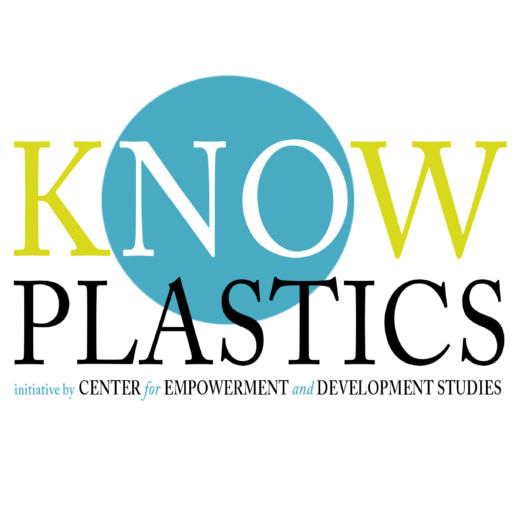With Japan’s help, incinerator facilities for plastic waste in Southeast Asia are under construction, where marine plastic pollution is becoming a concern.
It is intended that by establishing incineration as a method of dealing with plastic trash in the region, the amount of plastic waste kept in the open air would be decreased, and the environment will be enhanced.
In Vietnam’s Bac Ninh Province, work on a waste-burning and power-generating facility is set to begin in January. It will be the country’s largest of this kind. Vietnam plans to finish the project by January 2024.
The facility will employ incinerator technology to burn both domestic and industrial waste effectively and concurrently, it will be designed and built by JFE Engineering Corp. A prominent engineering company for constructing similar plants and facilities. It will also take over the operation of the plant. Part of the building costs will be covered by the Japanese government.
JFE Engineering has taken on the development of similar facilities in nations such as the United Kingdom and Germany. This technology is getting recognition from the world.
The heat created by burning plastic waste will also help in generating electricity.
In Vietnam, there were 500 tonnes of plastic waste burning per day will create roughly 92,000 megawatt-hours per year. Some of the electricity production is for the electric power public corporation.
China used to be the world’s leading importer of plastic waste, but after banning such imports in late 2017, Southeast Asian countries have become alternate destinations. Southeast Asia has always been a big user of single-use plastics like bottles and bags.
Plastic waste is left untreated and kept outside in the open-ended up in the sea. Where it was unknowingly consumed by marine animals like fish, causing harm to them. Plastic pollution has become a social concern as a result of such events being extensively publicized.
According to a report issued in 2015 by a group of American scientists, five Southeast Asian nations, including Vietnam and Indonesia, accounted for over 30% of all plastic waste produced globally. Since then, the amount of plastic waste created in the region has increased even more.
Over the last ten years, Japan has been working to provide Southeast Asian countries with waste treatment policy help. Given the necessity of dealing with plastic waste, Japan helped build a garbage-burning, power-generating plant in Yangon, Myanmar’s largest city. Which began operations in 2017.
Following the ongoing assistance to Vietnam, Indonesia moves toward a similar technology.


